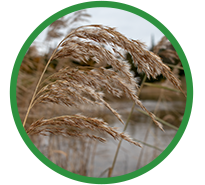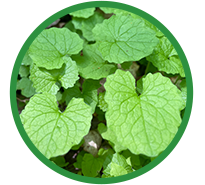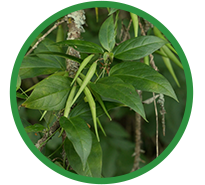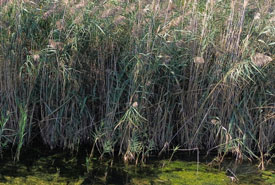Stewardship and Restoration
We are facing a crisis of climate change and species loss that threatens our way of life, and our future. While the Nature Conservancy of Canada (NCC) has established ambitious goals for the protection of natural areas, that is only the beginning.
Good stewardship ensures our natural areas include enough quality habitat to allow a healthy variety of native plants and animals (biodiversity). Habitat loss and degradation is an ongoing concern with increased pressures from invasive species, habitat fragmentation and climate change. Habitat restoration provides us with a means to help stop and reverse degradation, enhancing ecosystem resilience and improving biodiversity. Intact ecosystems do a better job of filtering drinking water, reducing flooding, sequestering carbon and supporting common and rare species alike.
NCC’s habitat restoration team in Ontario collaborates with partners to restore conserved lands through habitat creation (upland and wetland), invasive species management and succession management (such as conducting prescribed burns).
Habitat creation:
The re-creation of habitats that were once lost, such as wetland, forest, grassland and shrubland, is important in the protection and recovery of at-risk species. Restoring lands by planting native wetland plants, trees, wildflowers and grasses is one of the first steps that will allow for these various habitats to regrow and establish.
Succession management:
Succession is when plant and animal communities change over time in response to changes in climate, competition and disturbances. In certain cases, NCC’s restoration team performs techniques such as prescribed burns to restart this succession process to encourage open meadow and grassland communities, which otherwise might continue to succeed to shrubland and forest. Succession management is conducted to maintain a matrix of habitats that represent the full biodiversity of an area.
Invasive species:
Managing non-native invasive species is a cornerstone of habitat restoration. Non-native plants support substantially less wildlife overall than native species and, as a result, can have a devastating impact on ecosystems. We focus on the most damaging species — usually those that can spread the fastest and form the densest of patches. Click below to learn more about each species.

Phragmites (common reed)
This is Ontario's worst invasive species, often found in wetlands, roadside ditches and along shorelines. It grows in dense stands and reaches heights of up to six metres.
Read more »

Garlic mustard
Garlic mustard is a highly invasive plant found throughout southern Ontario's forests and green spaces.
Read more »

Dog-strangling vine (DSV)
Also known as European swallow-wort, this invasive vine-like plant has become established throughout southern Ontario and continues to spread at an alarming rate.
Read more »

European buckthorn
Native to Eurasia, this invasive shrub is becoming abundant in Manitoba and Ontario. It tolerates a wide range of moisture and light conditions, and can successfully invade a variety of habitats.
Read more »
Featured stewardship and restoration projects:

Lathrop Nature Preserve
Find out how NCC's restoration work on the Lathrop Nature Preserve will improve trail safety, habitat connectivity and downstream water quality for brook trout, American eel and other aquatic species.
Read more »

Pelee Island
For more than 10 years, NCC has been working to transform former agricultural fields into thriving native meadows and wetlands on Pelee Island. We recently created our biggest wetland yet!
Read more »

Rice Lake Plains
Grasslands are among the most endangered ecosystems in the world. Within Ontario, only 1% of our former grasslands remain, including those within the Rice Lake Plains. NCC has helped lead the Rice Lake Plains Partnership, which collaborates to protect and restore these areas.
Read more »

Long Point Phragmites Action Alliance
The Long Point Phragmites Action Alliance is a community group made up of partnering organizations all with a common interest in eradicating invasive phragmites.
Read more »

Saugeen Peninsula Invasive Species Collaborative
The Saugeen Peninsula Invasive Species Collaborative is a community group made up of a wide range of organizations, including the Oliphant Fishing Islands Phragmites Community Group and other environmental groups with a common interest in eradicating terrestrial invasive species.
Read more »
How can you get involved?
Everyone can help manage the spread of invasive species.
- Avoid planting non-native invasive species in your garden
- Dispose of garden waste responsibly
- Follow clean equipment protocols to avoid the spread of invasive species between properties
- Remove plant fragments, seeds and mud from your clothing, shoes, tires, and pets when you leave an area populated by invasive species
- Learn to identify some of the invasive plant species that are threatening your area
- Report invasive species sightings at eddmaps.org/Ontario
- Sign up to volunteer with NCC to remove invasive species at conservationvolunteers.ca
- Support our work. NCC monitors and controls invasive species on properties across Ontario. By donating today, you will help prevent the spread of invasive species in Ontario’s most significant natural places.




